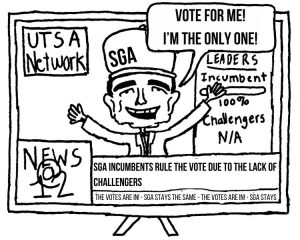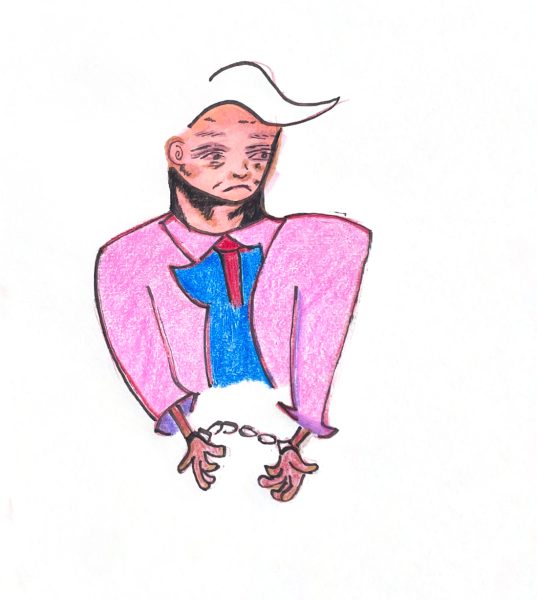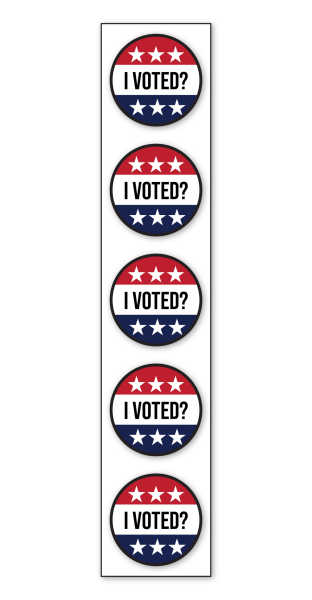The working class deserves a living wage now more than ever
March 23, 2020

Since 2007, the federal minimum wage has been stagnant at $7.25 per hour. Since then, minimum wage has lagged while cost of living has steadily increased. Essentials like food, education, medical care and homes have become more expensive.
For example, the U.S. Census Bureau reported that the average price of a new home in January 2000 was $194,800. According to an inflation calculator, that price in January 2020 would be $297,705. Keeping minimum wage at $7.25 doesn’t allow minimum wage workers to keep up with inflating prices. Many live paycheck to paycheck or must work second jobs to make ends meet.
As a result, many politicians like Bernie Sanders and Elizabeth Warren support a $15-per-hour minimum wage to compensate for the rise in cost of living and ensure people have a fighting chance at basic survival. Others have criticized raising the minimum wage because they believe entry-level jobs, servicing jobs and laboring jobs are “low-skill” jobs or they dismiss these jobs as only being for teenagers. According to these critics, low skill rightfully equates to low pay. However, COVID-19 is proving to American capitalism and elitism that the concept of “low-skill” jobs is a myth. Capitalism benefits from the masses believing low paying jobs are unimportant or lacking in hard work. If most people believe some jobs are better than others, an inherent prejudice is created in a capitalist society like America’s. Capitalism needs oppression to function. The “low-skill” myth oppresses the working class, benefiting those with power, money and privilege. In this time of crisis, “low-skill” jobs like grocery store workers, delivery drivers and sanitation workers are skilled and necessary enough to be some of the only jobs still operating through a pandemic. Those jobs are essential to society but are severely underpaid.
When life returns to normal after this pandemic, minimum wage should unarguably be raised to $15 per hour and supported by Democrats and Republicans alike — firstly, as a signal of gratitude to the workers who had to pick up extra work loads, skip lunch breaks and be away from their families to ensure people in their community remained healthy and serviced during this pandemic, and secondly, to recognize the value of these jobs on a national level. Raising the minimum wage to $15 would convey the message that all work is valuable work. For too long, there has been a stigma that minimum wage workers are lazy, unskilled or unambitious. It shouldn’t have taken a pandemic for people to see that that stigma could not be more wrong.
In 2019, House Democrats introduced a bill called “Raise the Wage Act,” which would raise the federal minimum wage to $15 per hour by 2024. Mitch McConnel, the Senate majority leader, will likely deny the bill. However, even if McConnel did agree to pass it, people cannot wait until 2024 to be fairly compensated for their work. People deserve to be paid fairly for their work now.
What is cost of living going to look like five to 10 years in the future? What message does it send to the workers who helped America through this pandemic to keep their salaries so low they need a second income just to pay their rent or mortgage or afford to put gas in their car? How would keeping minimum wage at $7.25 or raising it to anything less than $15 encourage citizens to bear the responsibility of upkeeping society during future emergencies?
Fast food workers, delivery drivers, medical field workers, sanitation workers and other workers who are sacrificing their health to keep everyone safe during this pandemic, individuals who don’t have the luxury of working from home, deserve $15 per hour. They have more than proven their jobs are not “throw-away jobs” undeserving of adequate pay. When everything was falling apart in the world, they were the people who held society together.










